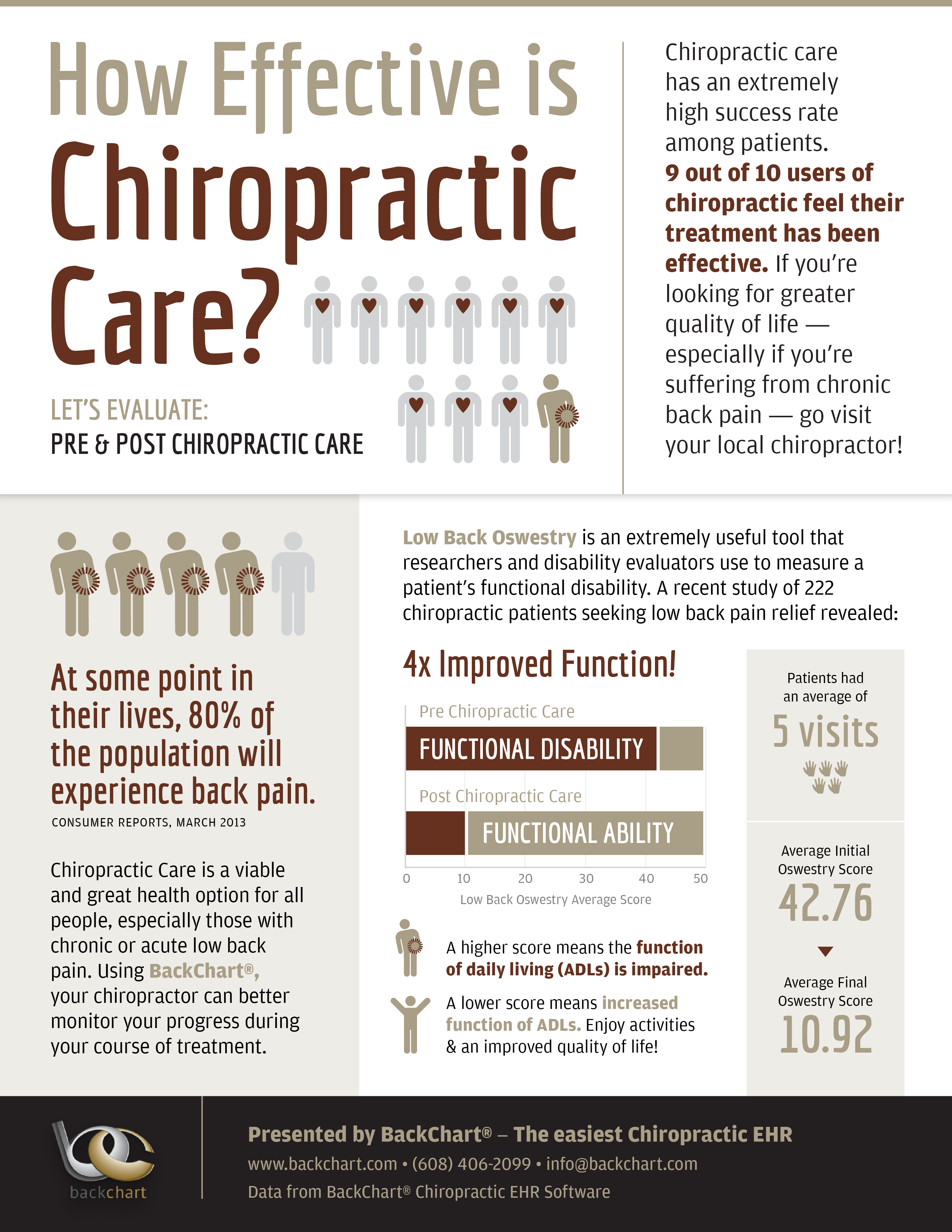What Is Driving The Appeal Of Cold Laser Treatment?
What Is Driving The Appeal Of Cold Laser Treatment?
Blog Article
Web Content Develop By-
You've probably discovered the surge of cold laser therapy in numerous facilities and sports facilities. pyxi rose becoming a go-to option for athletes and those managing persistent discomfort. This non-invasive treatment supplies benefits that traditional techniques typically can't match. Yet just what is driving this pattern? Exploring its applications in sporting activities medication and pain administration can clarify its expanding allure.
Applications in Sports Medicine
As professional athletes push their bodies to the limits, they usually face injuries that can sideline them for weeks and even months.
In such cases, cold laser treatment becomes a powerful tool in sporting activities medication. This non-invasive treatment utilizes low-level lasers to penetrate tissues, promoting recovery and reducing swelling.
You'll find it particularly helpful for strains, pressures, and tendonitis, as it accelerates recovery without the demand for medicines. Unlike standard techniques, cold laser treatment allows you to return to educating sooner, reducing downtime.
Lots of sporting activities clinics now provide this advanced therapy, identifying its performance. By integrating it right into your healing regimen, you can boost efficiency and preserve your competitive edge, ensuring you're constantly prepared for the following obstacle.
Advantages in Pain Administration
Cold laser therapy isn't simply a game-changer for professional athletes; it also uses considerable benefits suffering administration for a variety of conditions.
If you're managing persistent pain, this non-invasive therapy can provide alleviation without the negative effects typically related to drugs. Cold laser therapy functions by stimulating your body's all-natural healing processes, minimizing swelling, and advertising cell regrowth.
https://weight-management43197.blogdosaga.com/34315105/keen-to-find-just-how-cold-laser-therapy-transforms-discomfort-alleviation-uncover-the-scientific-research-that-could-transform-your-strategy-to-taking-care-of-discomfort might locate it valuable for problems like arthritis, tendonitis, or neck and back pain. Lots of clients report a decrease suffering levels and an improvement in their overall lifestyle.
And also, it's a fast treatment, commonly calling for just a couple of sessions to notice outcomes. If you're trying to find a reliable pain monitoring service, cold laser treatment could be worth taking into consideration.
Role in Rehab and Recovery
When recuperating from an injury, making use of cold laser therapy can substantially boost your rehab process. This non-invasive therapy advertises cells repair by promoting mobile task, which assists your body heal faster.
You'll see decreased swelling, pain alleviation, and enhanced wheelchair, allowing you to gain back strength and capability more effectively.
Cold laser therapy boosts blood circulation to the affected area, providing necessary nutrients and oxygen that help in healing. And also, it can help reduce mark cells formation, ensuring a smoother recovery trip.
Several physiotherapists are including this therapy into their therapy strategies, acknowledging its prospective to speed up recuperation. By incorporating cold laser treatment into your rehabilitation, you're giving yourself the most effective chance to go back to your regular tasks quicker and with much less discomfort.
Verdict
Cold laser therapy is gaining traction for a factor. It supplies a non-invasive service that efficiently deals with sports injuries and persistent discomfort, making it a go-to for athletes and daily individuals alike. You'll appreciate how it decreases inflammation and promotes recovery without the side effects of typical medicines. As more clinics accept this innovative approach, you'll find it boosts healing and boosts wheelchair, really reinventing exactly how we think about pain management and rehabilitation.
